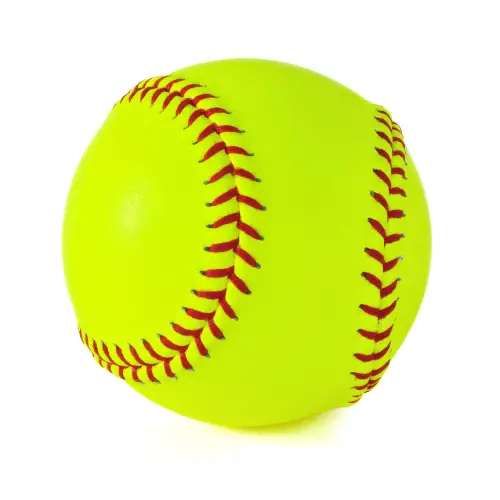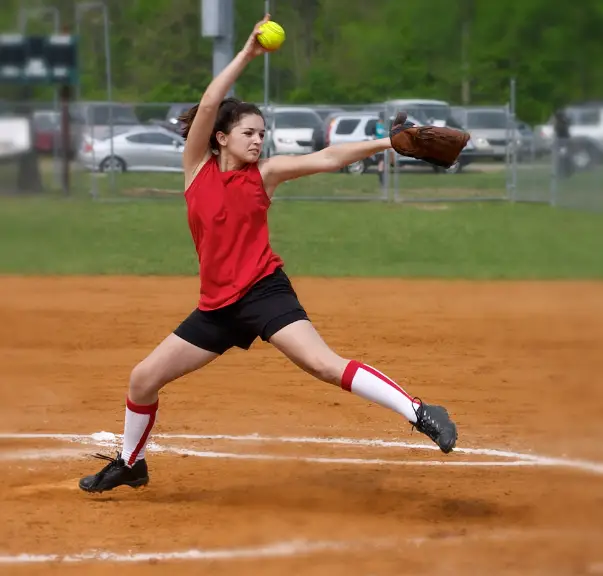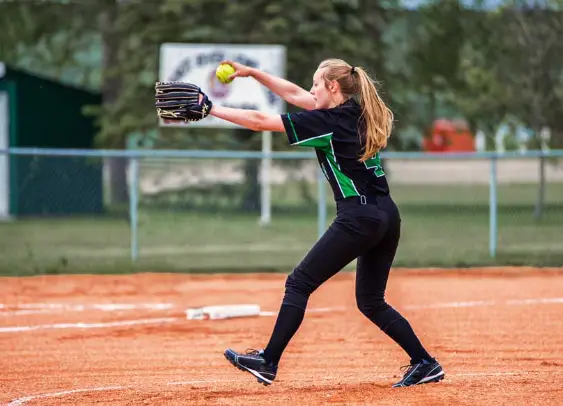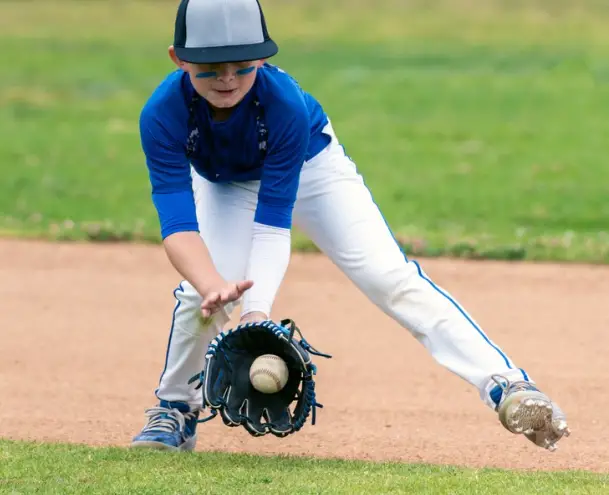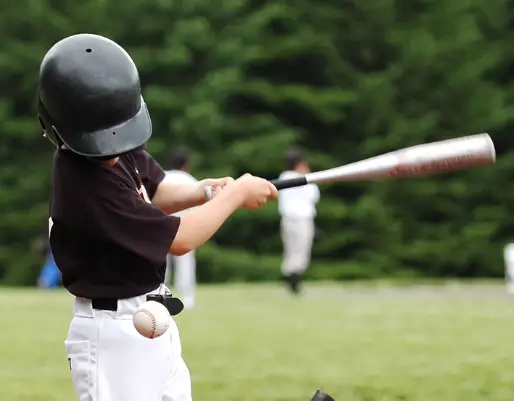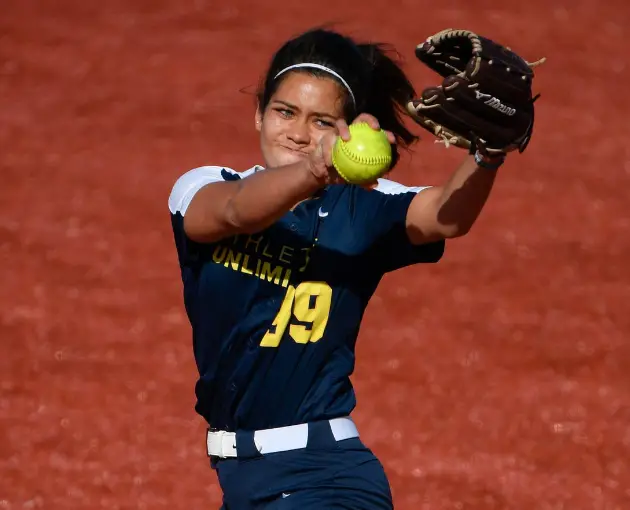Softball is a fast-paced and action-packed sport that has been enjoyed by millions of people around the world. Despite its popularity, however, many fans and players still struggle to understand the intricacies of the game, including one of the most important and misunderstood rules: the infield fly rule.
To help clear up any confusion and help players and fans alike fully appreciate this critical component of the sport, this article will explore what the infield fly rule is, when it is used, and how it impacts the game. Whether you’re a seasoned pro or just starting out, this guide is sure to provide the insights and knowledge you need to better understand the infield fly rule in softball.
What is the Infield Fly Rule?
The infield fly rule is a special type of fly ball rule that is used in softball when there are fewer than two outs and runners on first and second base or first, second, and third base. When this rule is in effect, the umpire will call an infield fly, which means that the batter is out automatically, even if the ball is not caught.
The purpose of the infield fly rule is to prevent fielders from intentionally dropping the ball to turn a double play. By calling an infield fly, the umpire ensures that the batter is not unfairly forced to run the bases while the fielders use their time to throw the ball around and get the runners out.
When is the Infield Fly Rule Used?
The infield fly rule is only used when there are fewer than two outs and runners on first and second base or first, second, and third base. In these situations, the umpire will determine if the ball can be caught with “ordinary effort.” If the umpire determines that the ball can be caught with ordinary effort, they will call an infield fly.
The key to understanding when the infield fly rule is used is to focus on the concept of “ordinary effort.” This means that the ball must be catchable by an infielder without having to leave their normal fielding position. If the ball is not catchable with ordinary effort, the infield fly rule will not be called, and the batter will be treated as any other batter.
How Does the Infield Fly Rule Impact the Game?
The infield fly rule has a significant impact on the game of softball, as it changes the way fielders must play and the way batters must approach their at-bats. When the infield fly rule is in effect, fielders must be aware of their responsibilities and the rules, as they may have to move quickly to catch the ball or make sure it is caught.
Batter must also be aware of the infield fly rule, as they will have to run the bases even if the ball is not caught. This can be a disadvantage for the batter, as they may be forced to run further than they would normally have to, making it more difficult to reach base safely.
For the fans, the infield fly rule adds an extra layer of excitement and strategy to the game, as they will be able to see how fielders and batters react to the rule and how it affects the outcome of the play.
5 Key Considerations When Understanding the Infield Fly Rule
Definition of the Infield Fly Rule: The infield fly rule is a rule in softball that is designed to protect the base runners. It is applied when a fly ball is hit by a batter that could be caught by an infielder with ordinary effort. The rule declares the batter out and eliminates the possibility of a double or triple play.
Applicable Situations: The infield fly rule applies in situations where there are runners on first and second or first, second, and third bases, and there are fewer than two outs. The rule is not applied when there are runners on first base only or bases loaded with two outs.
Criteria for Ordinary Effort: The infield fly rule applies only when an infielder can catch the fly ball with ordinary effort. The term “ordinary effort” means that the infielder should be able to make the catch with reasonable ease and without making an extraordinary or difficult play.
Communication and Timing: In order to apply the infield fly rule, the umpire must make the call before the ball is caught by the infielder. The umpire must also make a clear and loud signal to notify the players and the spectators that the infield fly rule is in effect.
Consequences of Violation: If the infield fly rule is violated, the umpire may call the batter out and send the runners back to their original bases. The violation may also result in an additional penalty or warning to the team or the player who violated the rule.
Conclusion
In conclusion, the infield fly rule is a crucial rule in softball that prevents unfair tactics and preserves the integrity of the game. It requires a thorough understanding of the game’s intricacies and strategic thinking, and it requires coaches and players to be well-versed in the rules and their applications. It also underscores the importance of teamwork, communication, and situational awareness, as all players must work together to make the right decisions at the right time. Ultimately, the infield fly rule is a testament to the depth and complexity of the sport of softball, and it highlights the importance of knowledge, skill, and strategy in achieving success on the field.
